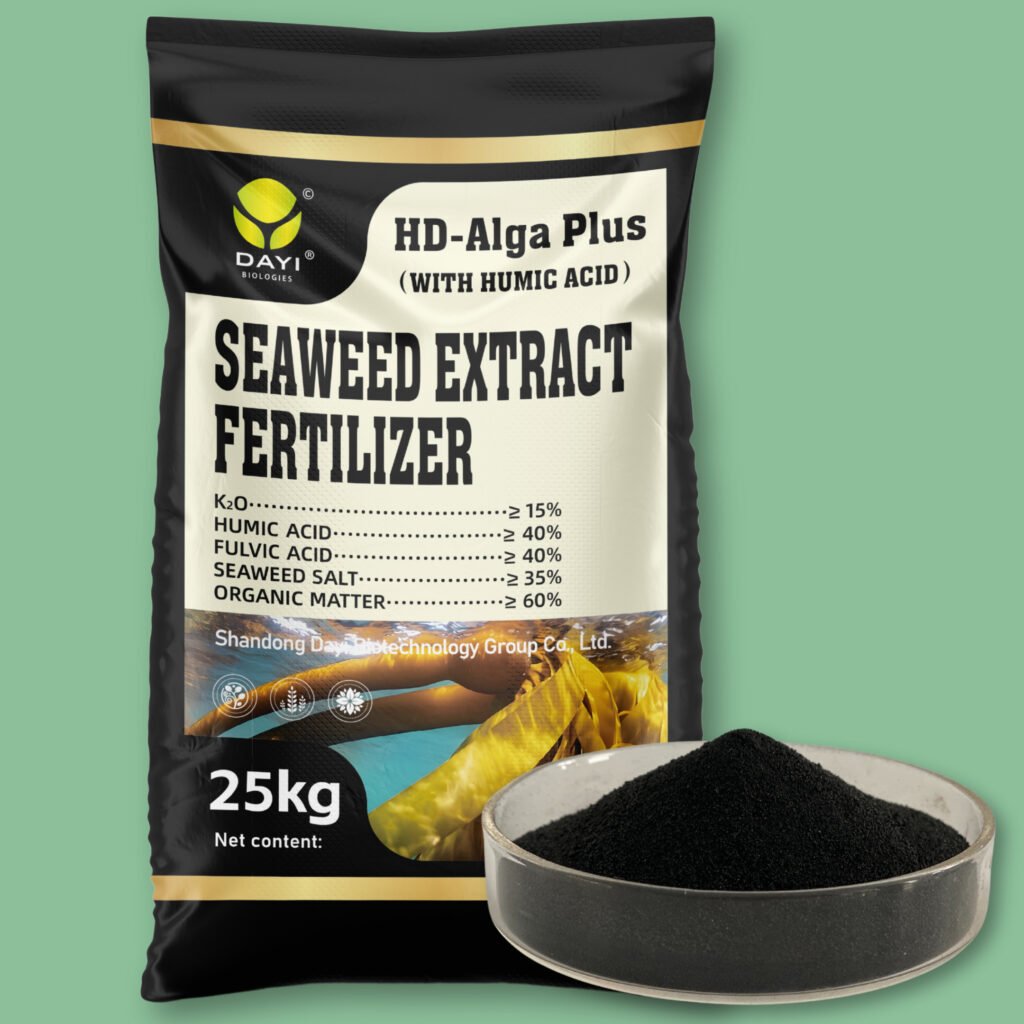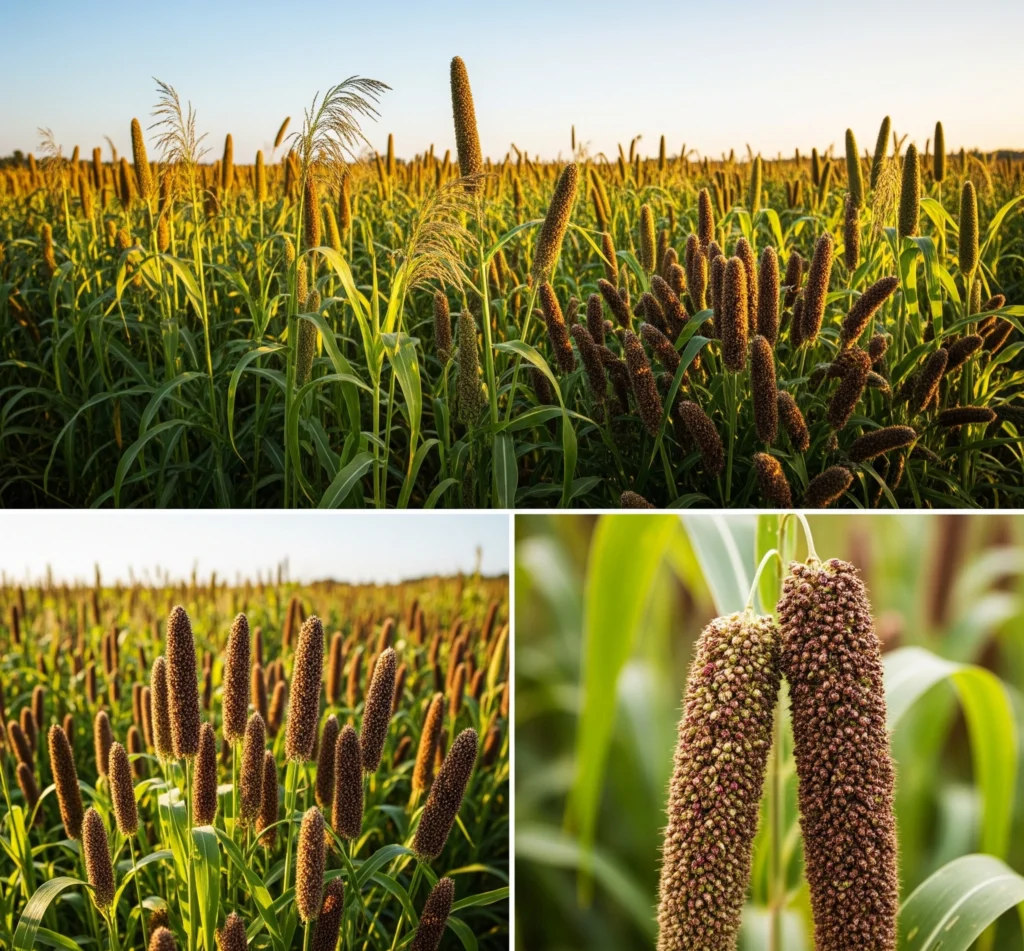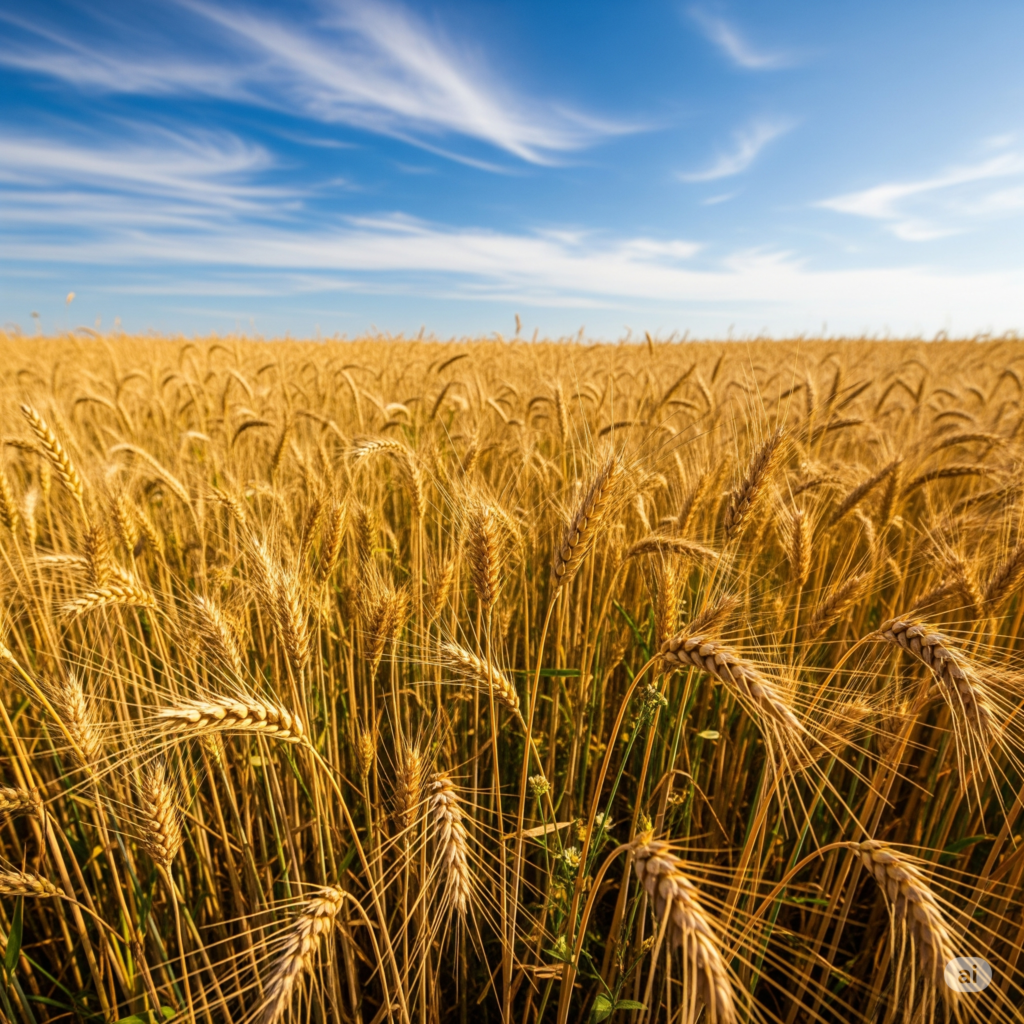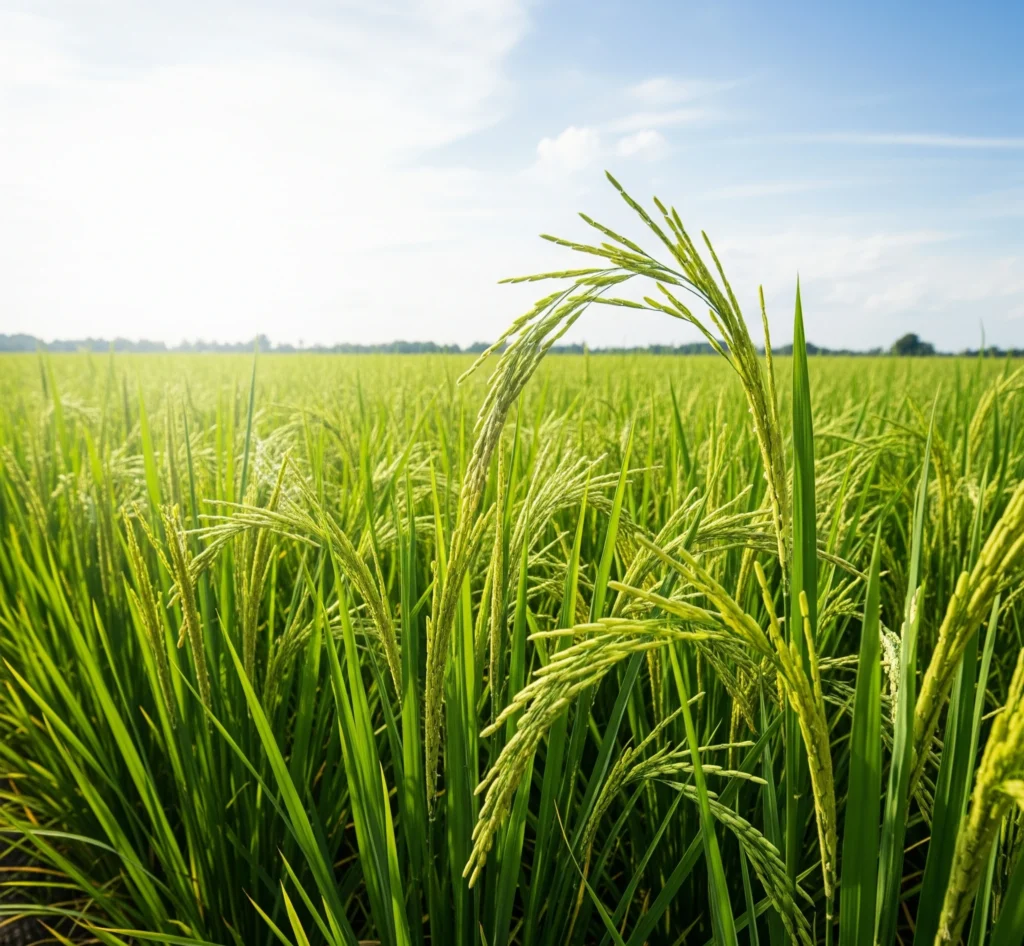Millets are a diverse group of small-seeded grasses that have been cultivated for thousands of years, primarily across Asia and Africa. Often hailed as “miracle grains,” they are celebrated for their incredible resilience to harsh environmental conditions, including drought, heat, and marginal soils, making them vital crops for food security in many parts of the world. Beyond their hardiness, millets are nutritional powerhouses, being gluten-free and rich in fiber, minerals, and vitamins. This comprehensive guide delves into the secrets of successful millet cultivation, covering optimal conditions, protection strategies, and general care, while highlighting how advanced plant nutrition can significantly enhance their health and yield.
Understanding Millets: A Diverse and Resilient Grain Family
The term “millet” encompasses several distinct species, each with unique characteristics and uses:
- Pearl Millet (Pennisetum glaucum): The most widely grown type, known for its tall stalks and suitability for arid regions.
- Finger Millet (Eleusine coracana): Highly nutritious, with distinctive finger-like seed heads, popular in India and Africa.
- Foxtail Millet (Setaria italica): One of the oldest cultivated millets, often used for birdseed and human consumption.
- Proso Millet (Panicum miliaceum): A quick-growing millet, often used for livestock feed and birdseed.
- Barnyard Millet, Kodo Millet, Little Millet, etc.: Other important varieties with specific regional uses and nutritional benefits.
All millets are warm-season (C4) crops, highly efficient in water use, and generally require fewer inputs compared to other major cereals.
Cultivation Essentials: Laying the Foundation for Success
- Best Planting Time: Millets are warm-season crops and should be planted after the danger of frost has completely passed. Optimal planting occurs when soil temperatures are consistently above 18∘C (65∘F). In many tropical and subtropical regions, planting is strategically timed to coincide with the onset of the monsoon or rainy season to leverage natural moisture.
- Suitable Soil and Weather Conditions:
- Soil: Millets are remarkably adaptable and can grow on a wide range of soils, including sandy, shallow, or less fertile lands where other crops may fail. They are tolerant of low fertility and some salinity. However, well-drained soils are always preferred, as millets are sensitive to waterlogging. An optimal soil pH range typically falls between 5.0 to 8.0, depending on the specific millet type.
- Weather:
- Millets are warm-season crops and require consistently warm temperatures throughout their growing cycle.
- They exhibit excellent drought and heat tolerance, making them ideal for dryland farming and regions prone to water scarcity.
- Most millet varieties have a relatively short growing season, ranging from 60 to 120 days.
- They are sensitive to frost, so cultivation must ensure a frost-free period sufficient for maturity.
- General Precautions for Healthy Growth:
- Avoid Waterlogging: Ensure proper drainage to prevent water accumulation, as millets do not tolerate saturated soil conditions well.
- Timely Sowing: Plant at the recommended time to allow the crop to mature before the onset of extreme heat or terminal drought, optimizing yield.
- Optimal Spacing: Proper plant spacing allows for good airflow and light penetration, promoting healthy tillering and head development.
- Early Weed Control: Young millet plants are susceptible to weed competition. Implement effective weed management early in the season.
Protecting Your Millets: Threats and Strategies
While resilient, millet crops can still face challenges from pests and diseases. Integrated management approaches are crucial for protecting your harvest.
- Pests:
- Stem Borer: Larvae tunnel into stems, causing dead hearts.
- Millet Shoot Fly: Larvae feed on central shoots, leading to dead hearts in young plants.
- Armyworms, Grasshoppers: Can cause significant defoliation.
- Protection: Use resistant millet varieties, implement cultural practices like timely sowing and destruction of crop residues, encourage natural enemies, and apply targeted insecticides only when monitoring indicates economic thresholds.
- Diseases (Primarily Fungal):
- Downy Mildew (Pearl Millet): Causes green ear disease, affecting grain development.
- Blast (Finger Millet): Can affect leaves, necks, and panicles.
- Rusts, Smuts: Can reduce yield and grain quality.
- Protection: Plant disease-resistant varieties, use fungicidal seed treatments, practice crop rotation, ensure proper field drainage, and maintain balanced nutrient levels.
- Viral Diseases:
- While less common than fungal diseases, some viral infections can occur.
- Protection: Use resistant varieties and control insect vectors (like aphids) that transmit viruses, as well as susceptible weed hosts.
General Care for Thriving Millets
- Nutrient Management: Millets are known for their ability to produce good yields even in low-fertility soils, making them “low-input” crops. However, they still respond well to balanced nutrition. Conduct soil tests to determine the precise requirements for Nitrogen (N), Phosphorus (P), and Potassium (K). Apply fertilizers judiciously, often in split doses, to match plant needs.
- Water Management: Despite their exceptional drought tolerance, millets will yield significantly more if they receive adequate moisture during critical growth stages, particularly at flowering and grain fill. While many millets are grown rain-fed, supplementary irrigation can be beneficial in prolonged dry spells during these phases.
- Weed Control: Effective weed management during the early growth stages is vital as young millet plants are poor competitors. Employ an integrated strategy that includes cultural practices (e.g., proper seedbed preparation, intercropping), mechanical weeding, and judicious use of selective herbicides.
- Monitoring: Regular field inspections are essential for early detection of any nutrient deficiencies, pest infestations, or disease symptoms. Prompt identification allows for timely and effective interventions, preventing widespread damage.
- Harvesting: Harvest millets when the grains are physiologically mature, dry, and hard. Timely harvest is important to minimize shattering losses and ensure the quality of the harvested grain for storage or processing.
Best Countries for Millet Cultivation: Millets are predominantly cultivated in the semi-arid tropics of Asia and Africa. Leading producers include:
- India
- Nigeria
- Niger
- China
- Mali
- Burkina Faso
- Ethiopia
- Sudan
- Senegal
- Russia
Dayi’s Solution: Optimizing Millet Nutrition with Humic Acid + Seaweed Extract
At Shandong Dayi Biotechnology Group Co., Ltd., we are committed to supporting farmers in cultivating resilient and high-yielding millet crops, particularly in challenging environments. Our Humic Acid Fertilizer (With Seaweed Extract) provides a crucial nutritional advantage for these hardy grains. The humic acid component profoundly improves soil structure, enhancing its capacity to retain water and making essential nutrients more available, especially beneficial in the marginal soils where millets often thrive. It also stimulates beneficial microbial activity in the soil, fostering a vigorous and extensive root system—critical for efficient nutrient and water scavenging under dry conditions. Complementing this, the seaweed extract delivers a rich blend of natural plant growth hormones (auxins, cytokinins, gibberellins), vital trace minerals, and amino acids. These bioactive compounds significantly boost millet’s inherent stress tolerance to drought, heat, and low soil fertility. They also promote uniform germination, strong early growth, increased tillering, and better panicle/head development. The synergistic action of these ingredients ensures that millet plants are not just surviving but truly thriving in adverse conditions, utilizing resources with unparalleled efficiency, ultimately leading to significantly higher and more consistent yields of nutritious grains.
Leveraging our advanced “Microbial+” technology and unwavering commitment to sustainable solutions, Shandong Dayi Biotechnology Group Co., Ltd. is at the forefront of innovation in plant protection, empowering farmers to achieve more bountiful and healthy harvests.




